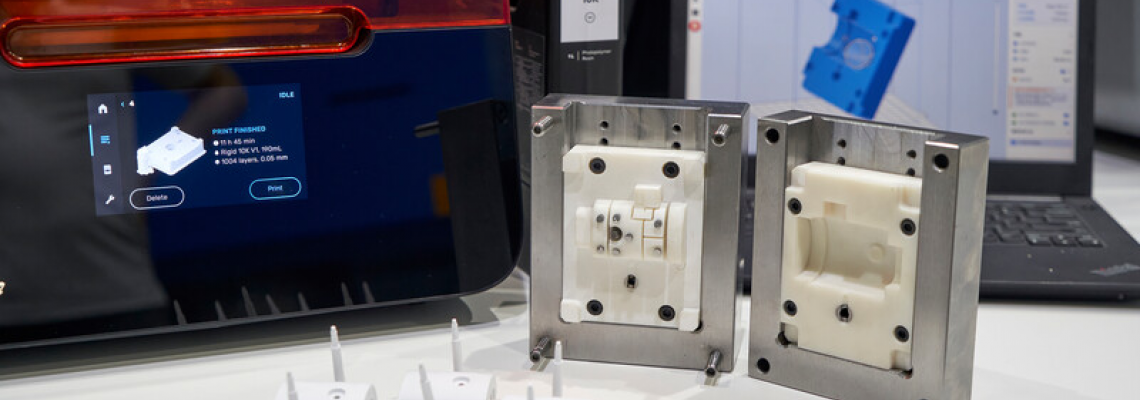
3D Printed Molds with Formlabs Printers
A mold is a metal device of complex geometry used for casting plastic products. The idea of creating molds on a 3D printer has long been evident. The search for cheaper and faster manufacturing methods draws attention to 3D printing. Rapidly developing new technologies, which yesterday produced only rough models and prototypes, today are able to create highly precise and functional parts and devices.
The American company Formlabs, which developed a fully automated industrial photopolymer 3D printing lifecycle, focuses on 3D printing exclusively with its own resins. To meet the growing demand, Formlabs develops new resin formulas, including ones suitable for small-batch production. Several Formlabs engineering resins withstand the harsh conditions of injection molding. 3D printed molds made from rigid and durable Formlabs resins are ideal for small-batch production without breakage or leakage.
Compared to traditional metal molds, 3D printed molds produced on Formlabs 3D printers are more accessible, leading to faster ROI and helping clients bring products to market more quickly.
Injection Molding in 3D Printed Molds
These molds are used for injection molding, so they must withstand clamping pressure, injection pressure, and injection temperature. They also need to resist any cooling liquids or mold release agents used. The mold’s stability under these conditions ensures long-term, repeated use while producing parts identical to the original design.
Formlabs 3D printed molds have been tested on desktop and industrial injection molding machines under a wide range of conditions. These small-volume molds can handle hundreds to thousands of injections depending on several factors:
- Part design;
- Mold and injection materials;
- Molding parameters;
- Cooling liquids and mold release agents.
Photopolymers for 3D Printed Molds
Formlabs offers a range of materials that can replace aluminum molds for small-batch production.
- Rigid 10K Resin combines strength, rigidity, and thermal resistance, making it ideal for injection molds. Its high strength ensures the mold can withstand clamping and injection pressure without breaking, while high rigidity maintains the mold shape for precise parts.
- High Temp Resin is a more affordable alternative that withstands temperatures up to 238°C. It can be used when clamping and injection pressures are moderate, and Rigid 10K Resin is not necessary for high temperatures.
- If dimensional accuracy is less critical, Grey Pro Resin is suitable. It operates under lower pressure and temperature and is more flexible. Its flexibility makes the mold potentially more durable as it bends before breaking, though precision may decrease slightly over time.
How Many Cycles Can a 3D Printed Mold Withstand?
3D printed molds can withstand enough cycles for small-batch production, which is encouraging since small-batch manufacturing has always been costly and complex. Traditional metal molds are expensive and rely on long lead times, increasing the unit cost of small batches. Using a Formlabs 3D printer to produce molds significantly reduces both time and material costs.

Injection molding conditions using 3D printed molds. Number of mold cycles
Sample Products Cast in 3D Printed Molds

Threaded cap by Novus Applications. Mold material: Formlabs Rigid 10K

Medical mask holder by Braskem. Mold material: Formlabs High Temp

Football stud by Holimaker. Mold material: Formlabs Grey Pro

Electronic device casing by Multiplus

Shaft bushing by Shopbotix

Face shield clamp by Holimaker

Glasses frame by Holimaker

Test part by IPC

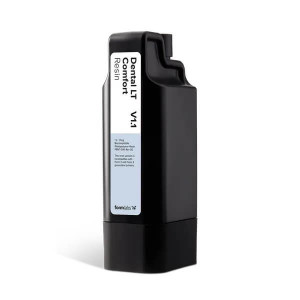
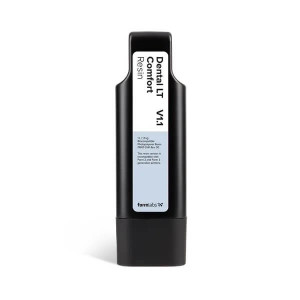
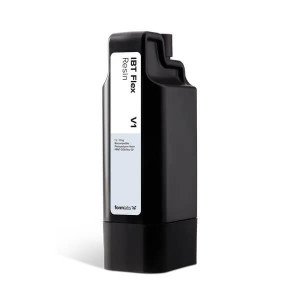
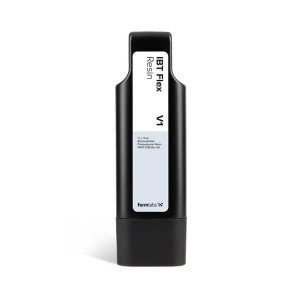
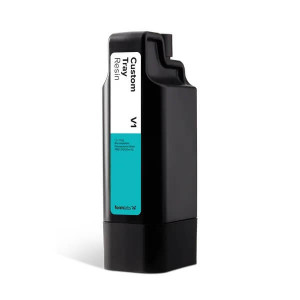
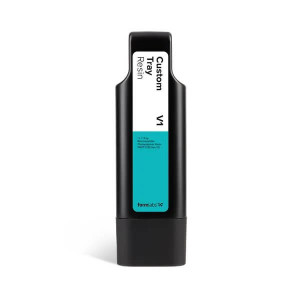
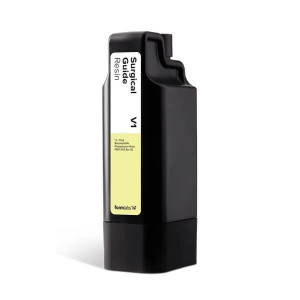
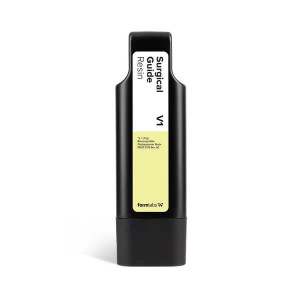
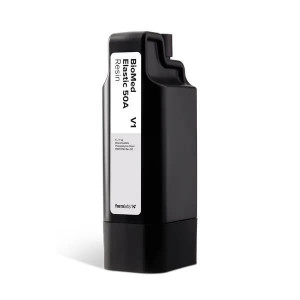

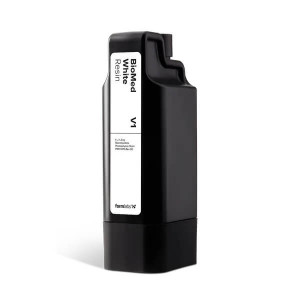
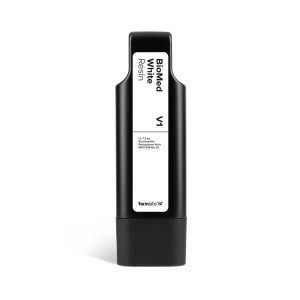
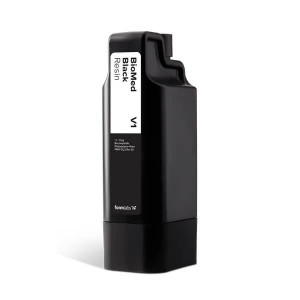
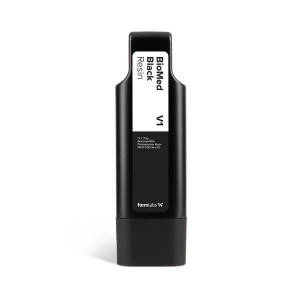
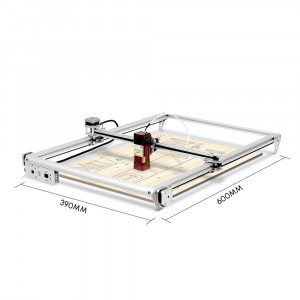
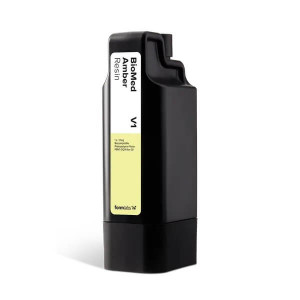
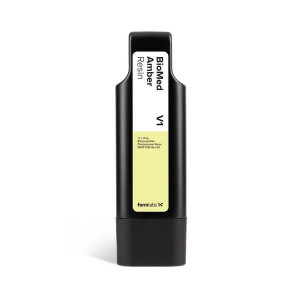
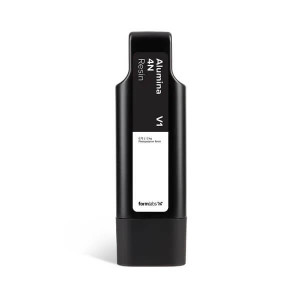
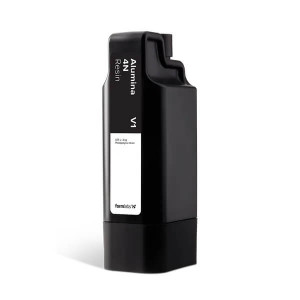
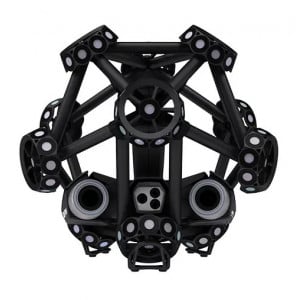


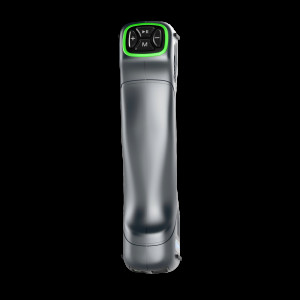
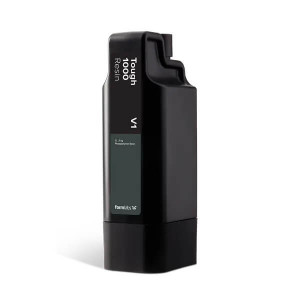
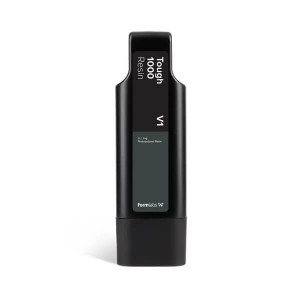

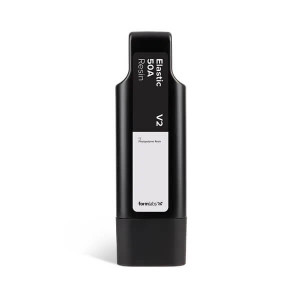
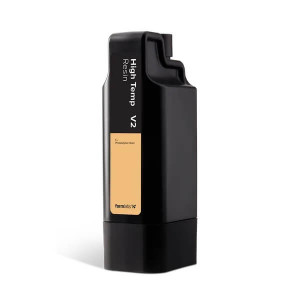
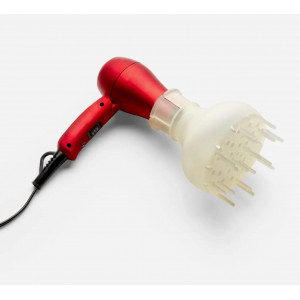

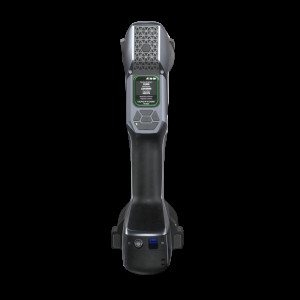


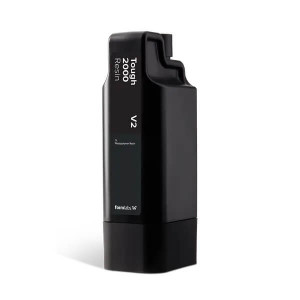
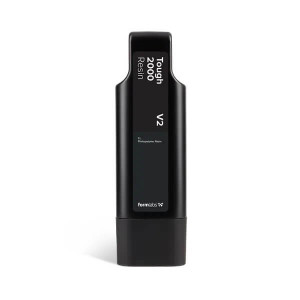

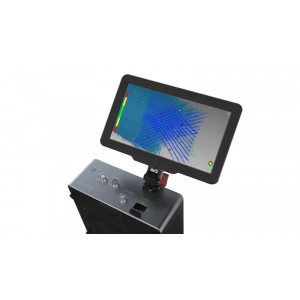




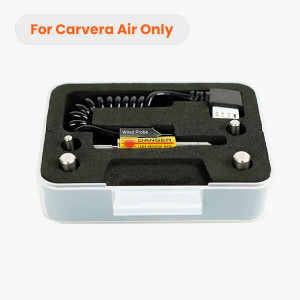
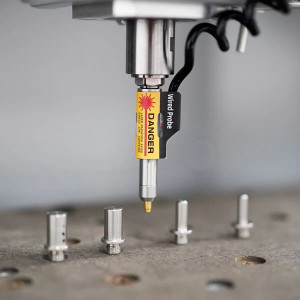
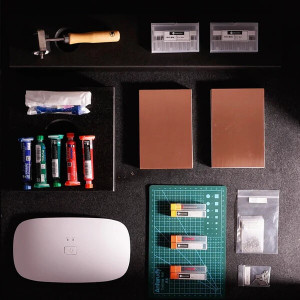
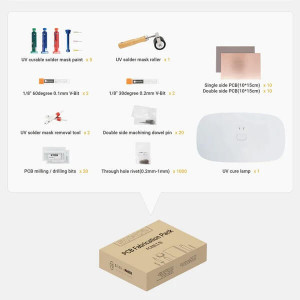
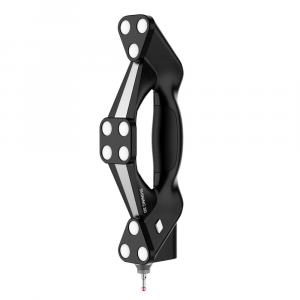
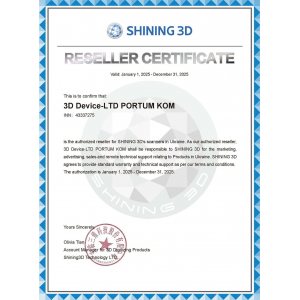
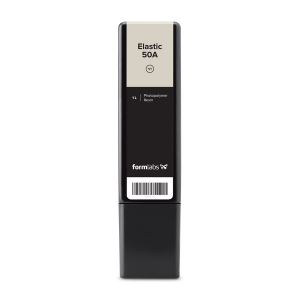

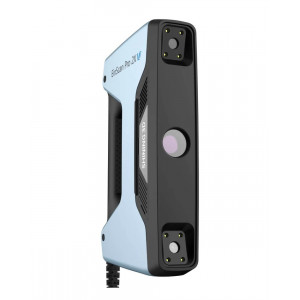
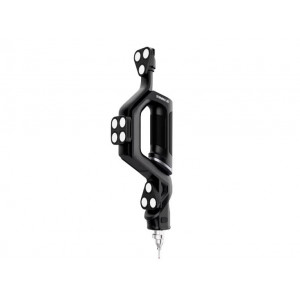
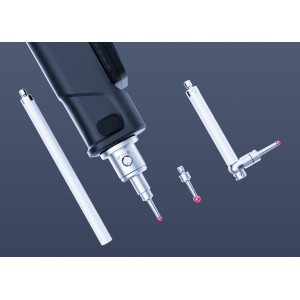
Leave a Comment